A personal loan is a big decision. These are usually short-termed and carry a high-interest rate. However, they can be lifesavers when you need cash quickly for unexpected expenses or if you need to make a large purchase. Here are 8 mistakes to avoid when taking out a personal loan.
Mistake 1: Applying for a Personal Loan Too Soon Before a Major Loan
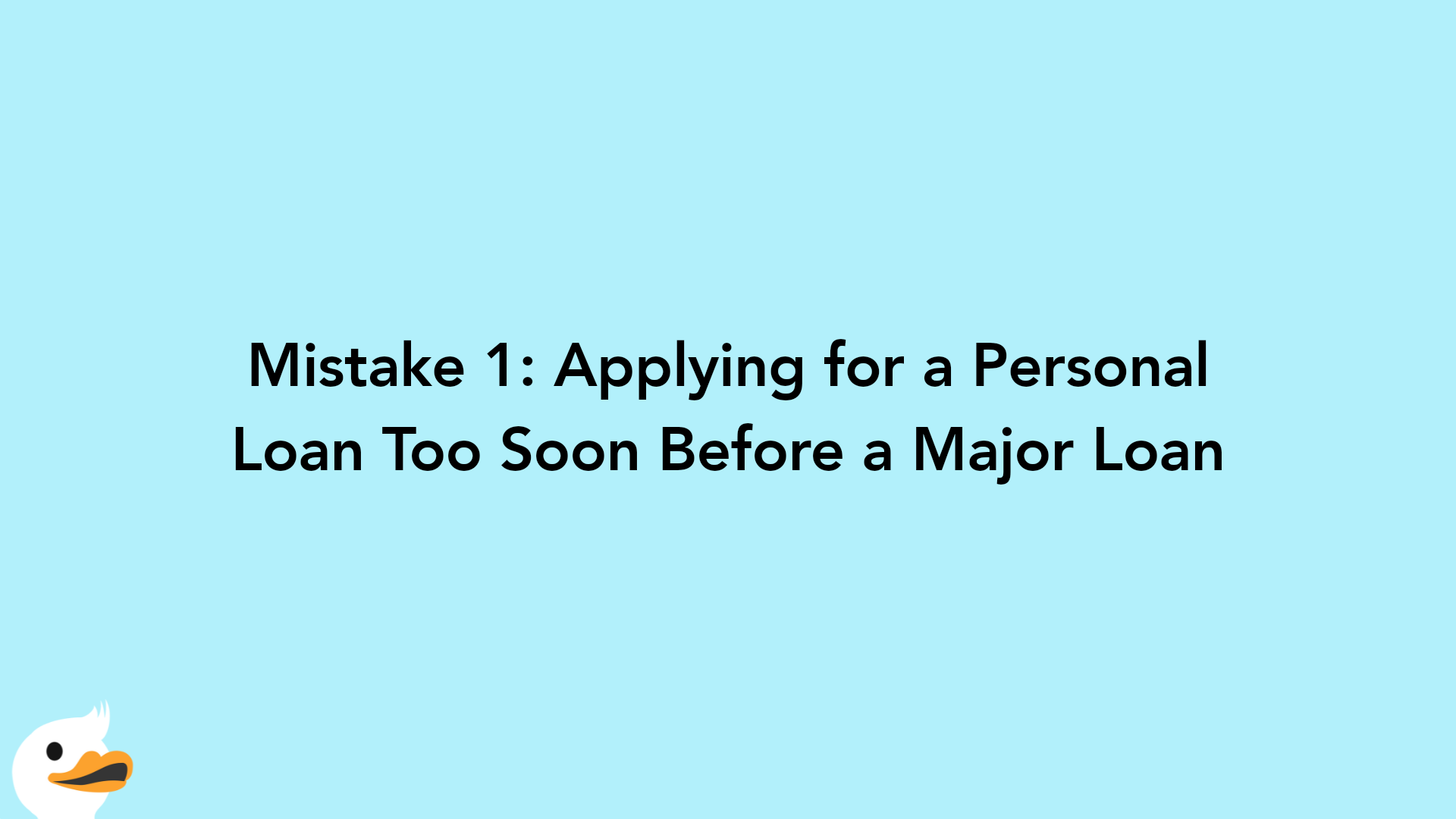
A major loan is a significant loan, such as for a car or a house. Personal loans are ordinarily smaller and the loan tenure is customarily shorter. However, unless you have mostly or completely paid off your personal loan before applying for a major loan, you will more than likely be rejected. This is because your Total Debt Servicing Ratio or TDSR dictates that you can’t use more than 60% of your income to repay loans. This is including your new personal loan, your future house payments and any other credit card bills you may need to pay. Of course, some banks use a stricter number than 60%. The more debt you have, the higher the borrowing risk. As a result, if you take out a personal loan before applying for a major loan, you will have a difficult time finding a bank or lender to approve another loan for you.
Mistake 2: Not Reading the Fees and Penalties

We would all like to think that we pay our bills on time. However, mistakes happen. The most innocent of them being paying your monthly installment a few days late. This is forgivable, but it will come at a cost. Therefore, when shopping for your personal loan, don’t just look at the monthly payment amount, but examine how harsh or strict your bank is about being late. Some banks even increase the interest rate on the outstanding balance after one missed payment. This is quite a harsh punishment for one overdue payment. Other charges to look for are cancellation fees and early repayment or settlement fees.
Mistake 3: Not Being Specific to the Loan’s Purpose
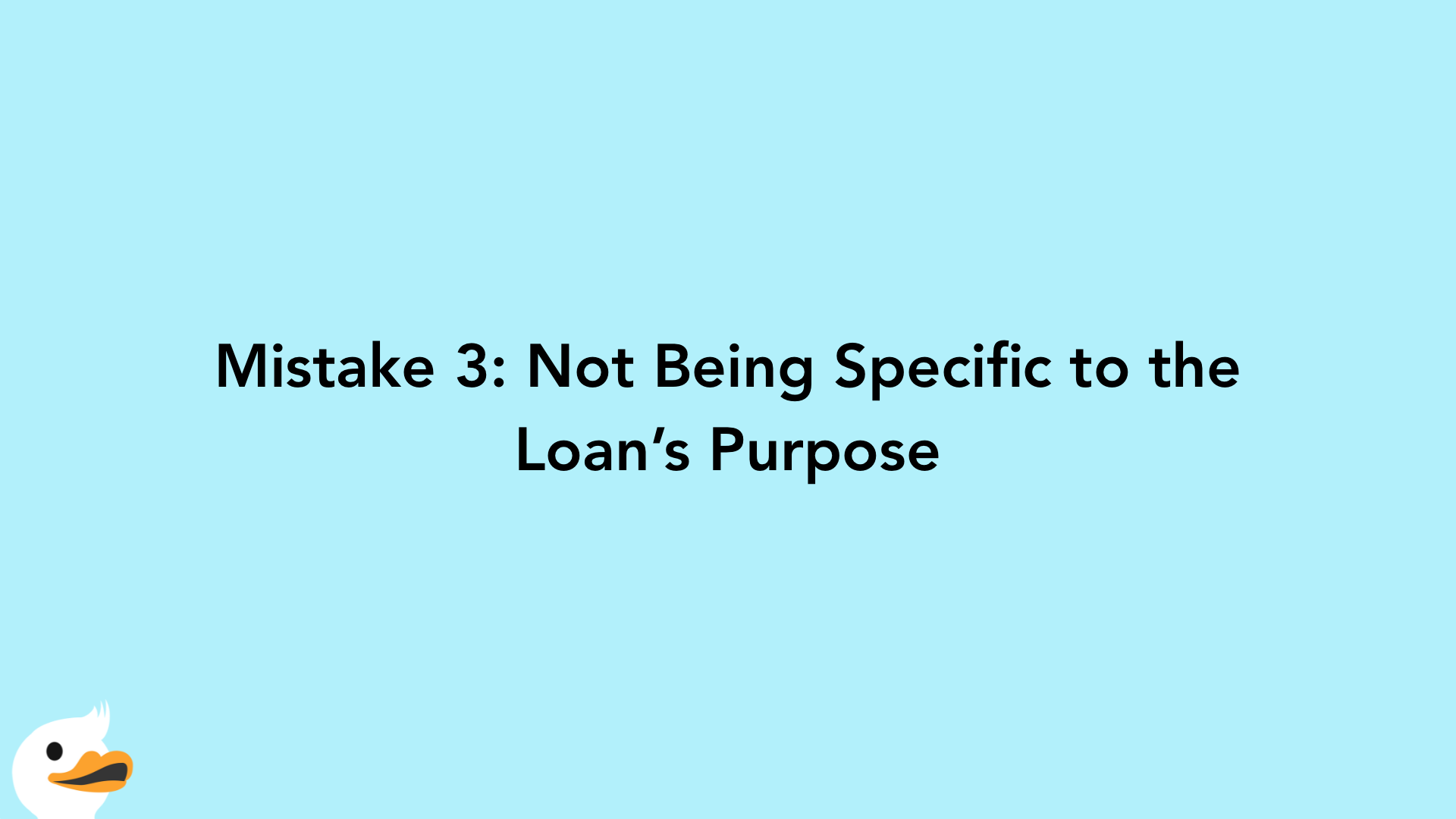
Bank’s prefer lenders who know why they are borrowing money and clearly show the purpose. They tend to shy away from a 21-year-old borrower who needs a personal loan to explore the world and discover who he is. Consequently, banks have specific loan packages that offer lower interest rates if you know what you are spending the money on. For example, a personal loan with no general purpose may receive an interest rate of 7%, whereas a home renovation loan or an education loan may have an interest rate of 2%.
Mistake 4: Not Shopping Around

You probably already have a bank account and may want to take out a personal loan from the same financial institution. You think it makes sense because you think your bank would appreciate the business and display of loyalty. However, this is not the case. Personal loans are a business. Banks and lenders make money off the interest of your loan. Besides, they don’t have a “special” rate for loyal customers. Bank interest rates and policies constantly change. It is a good idea to shop around and be open to different lenders. Be sure to compare the interest rates, late payment fees, cancellation fees, and early settlement fees of all the personal loan offers.
Mistake 5: Not Understanding Interest Rates
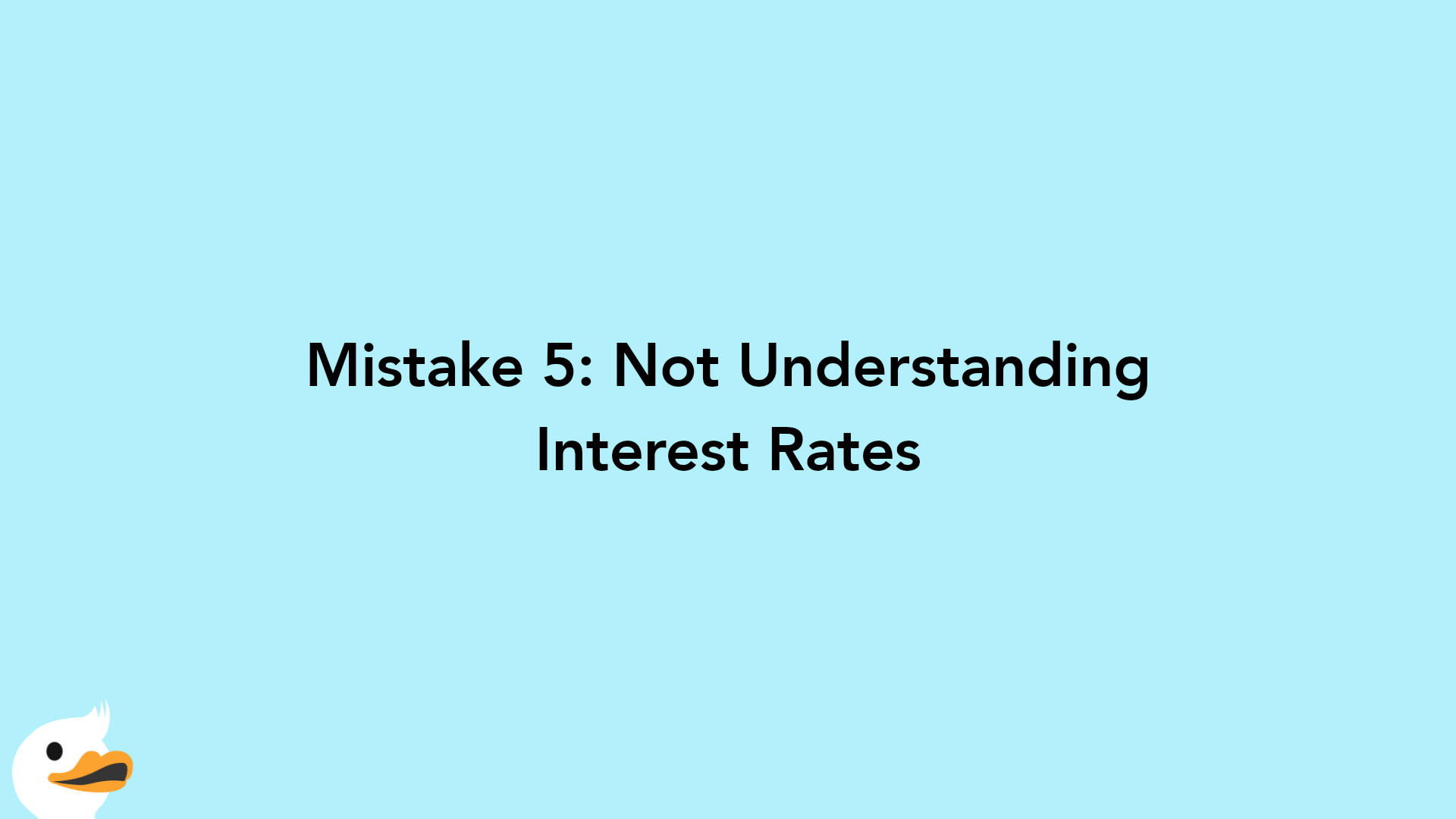
Of course, you know that you should calculate the monthly payment before taking out a loan. However, when shopping around for personal loans, you regularly see a couple different interest rate numbers. One is usually higher than the other. In reality, there are three types of interest rates.
First, the nominal interest rate is conceptually the simplest type of interest rates. It is the actual monetary price that borrowers pay to lenders to use their money. For example, if the nominal interest rate is 5%, borrowers would essentially be paying $5 in interest for every $100 in the loan amount.
Second, the real interest rate is the rate that the lender receives after inflation. For example, if the nominal interest rate is 6% and the inflation rate is 4%, then the real interest rate is 2%.
Third, the effective interest rate takes into account compounding periods. Essentially, it is the interest rate that is actually earned or paid on the loan due to compounding, or reinvesting, over a given period of time.
For our purposes, we should pay attention to the nominal interest rate and the effective interest rate. Most advertised interest rates are nominal rates that exclude any add-on fees and compounding. Effective interest rates are what you actually pay. Always remember to use the effective interest rate or EIR to compare different offers. Only then will you have a better picture of what you will actually need to pay back each month.
Mistake 6: Not Considering Your Credit Rating
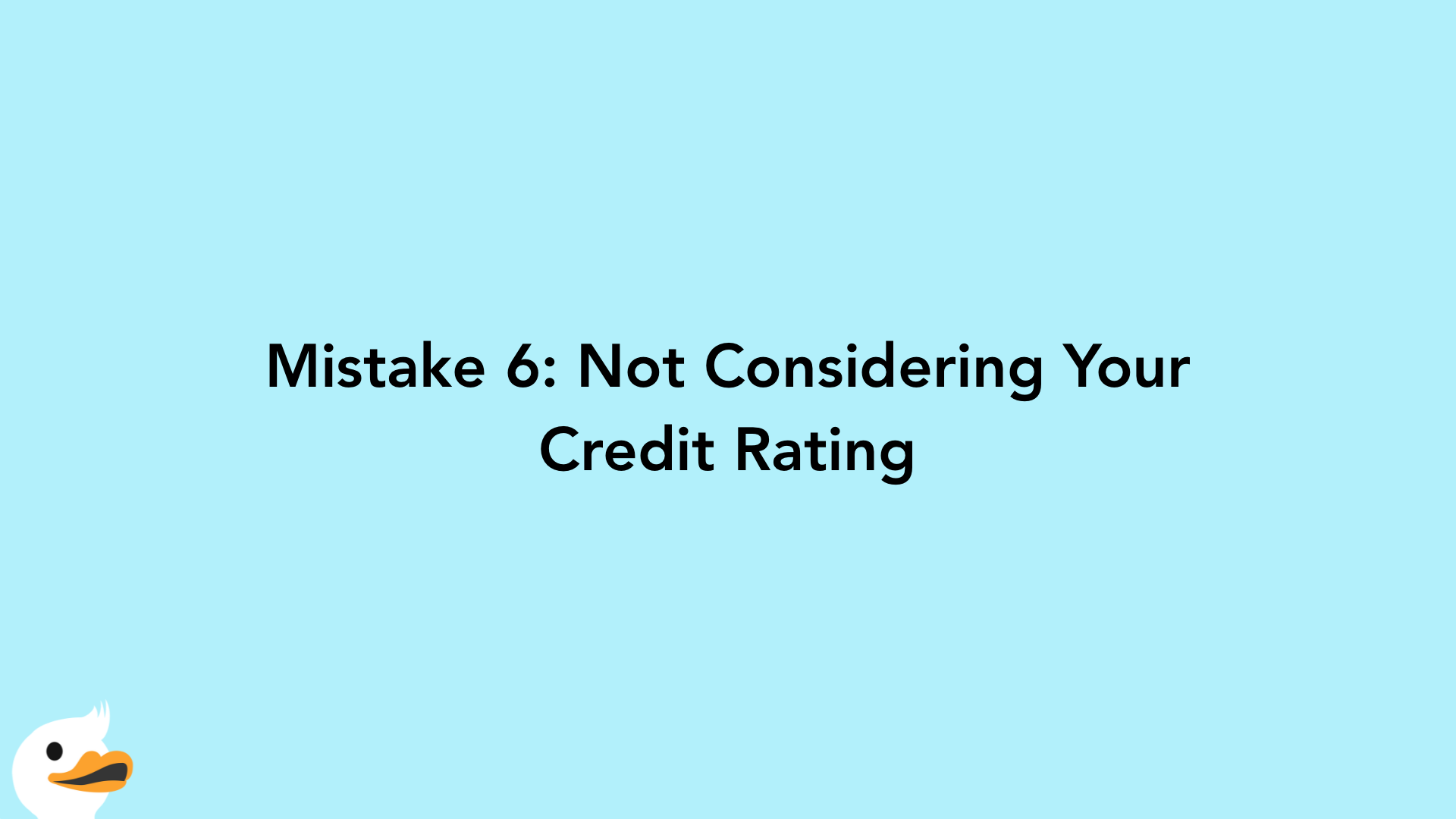
You may have the monthly income to afford that personal loan. However, banks will look at your credit rating to determine whether or not they believe you will actually use your paycheck to pay back the loan. Your credit score is designed to predict risk and tells the bank how likely you will default on your credit obligations. Your credit profile is based on your previous data, such as if you have ever missed a payment on your credit card or defaulted on another personal loan. Unfortunately, if you don’t have a credit history, this is also negative. Before you apply for your personal loan, request a copy of your credit score. Correct any errors you may find and try to build up your score. This means paying all your utility bills and credit card bills in full and on time.
Mistake 7: Not Looking Beyond the Monthly Payment
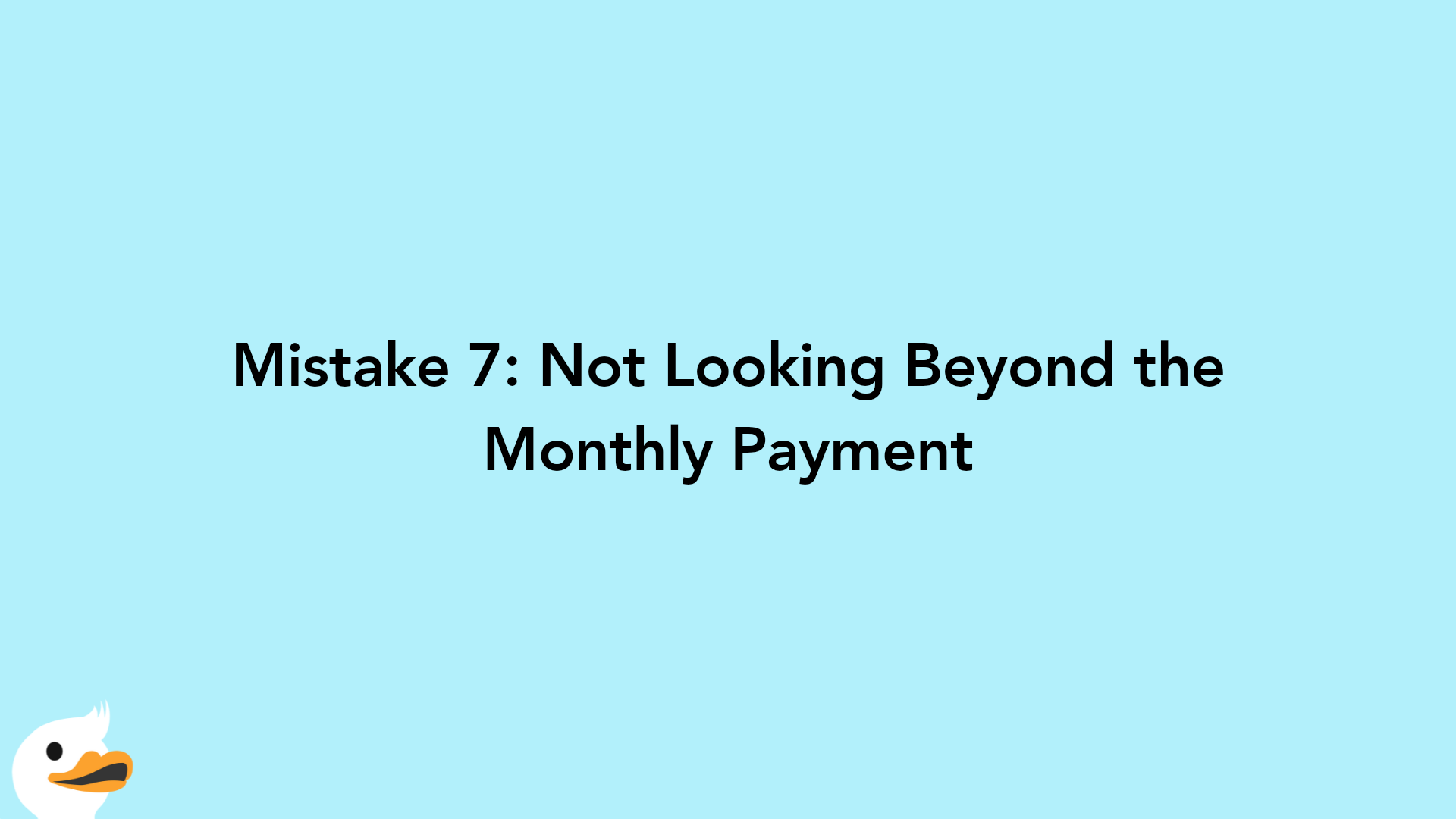
Most banks have a minimum loan tenure of 12 months. This is because they make money off of the interest on your loan. The shorter the loan, the less profit they make. Therefore, first, always choose the shortest loan tenure. Banks will continuously show you lower and lower monthly payment amounts. Suddenly, your loan looks more and more affordable. However, this will also lengthen the term of your loan. In the end, you will end up paying more interest. Remember, you will always need to pay back the same principal amount. The longer it takes, the more interest you pay. Look beyond how low the monthly payment is to see how high of a monthly payment you can afford.
Mistake 8: Using a Personal Loan as a Business Loan
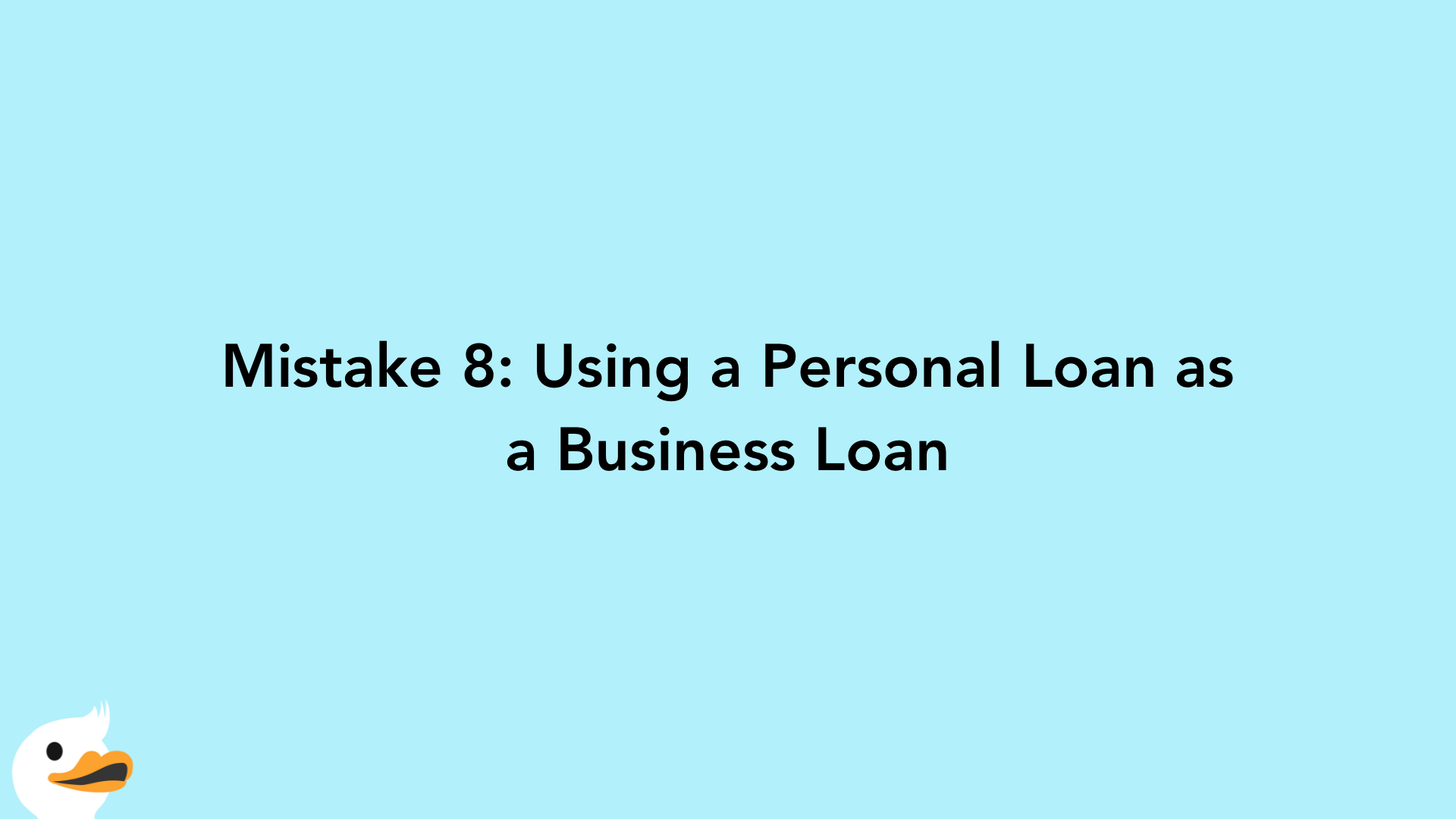
Personal loans are high-interest loans because they are usually unsecured and are short term. Therefore, you should never use a personal loan to invest in a new business. New businesses are all high-risk endeavors. You don’t know if they will succeed or when you will make a profit. Personal loans should only be taken out if the borrower knows how and when they will pay it back, such as from their monthly paycheck. Missing a personal loan payment may snowball into a cycle of massive debt. Don’t risk it!
Final Thoughts

A personal loan can be very useful if you need a large amount of cash for a good reason. However, always know exactly how and when you will pay it back. By doing research and shopping around, you will be able to make a sound financial decision and avoid common personal loan mistakes.



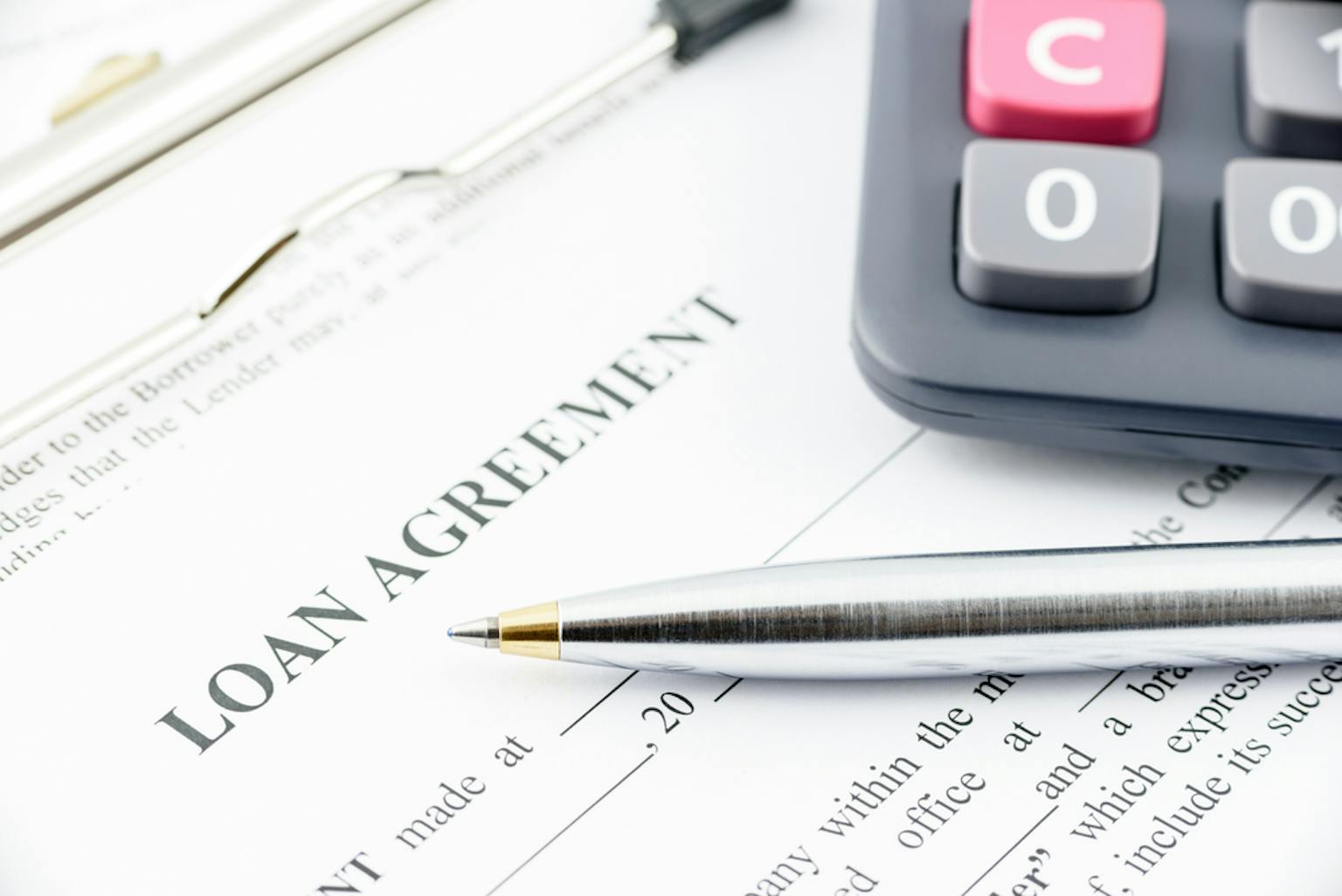



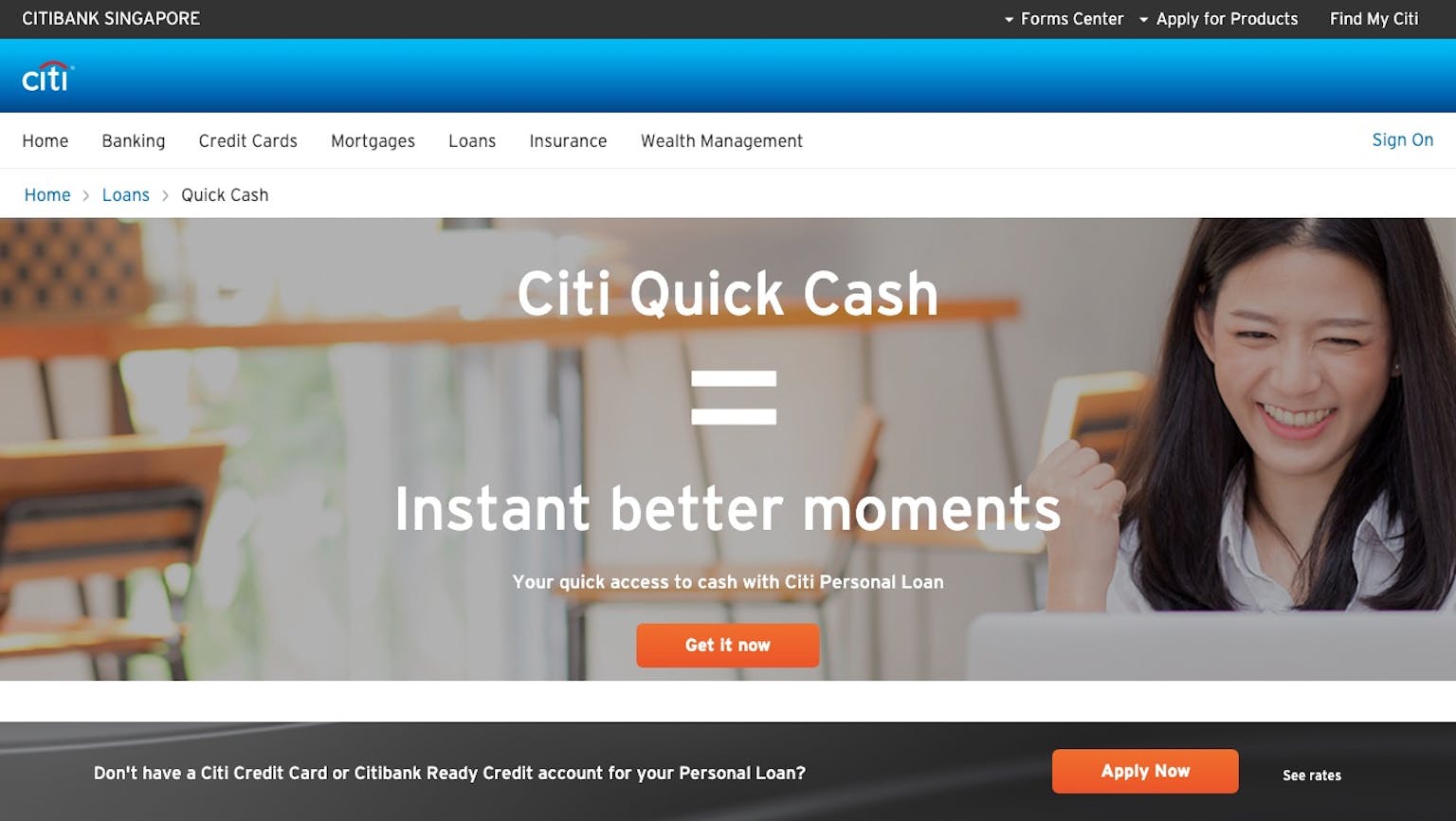
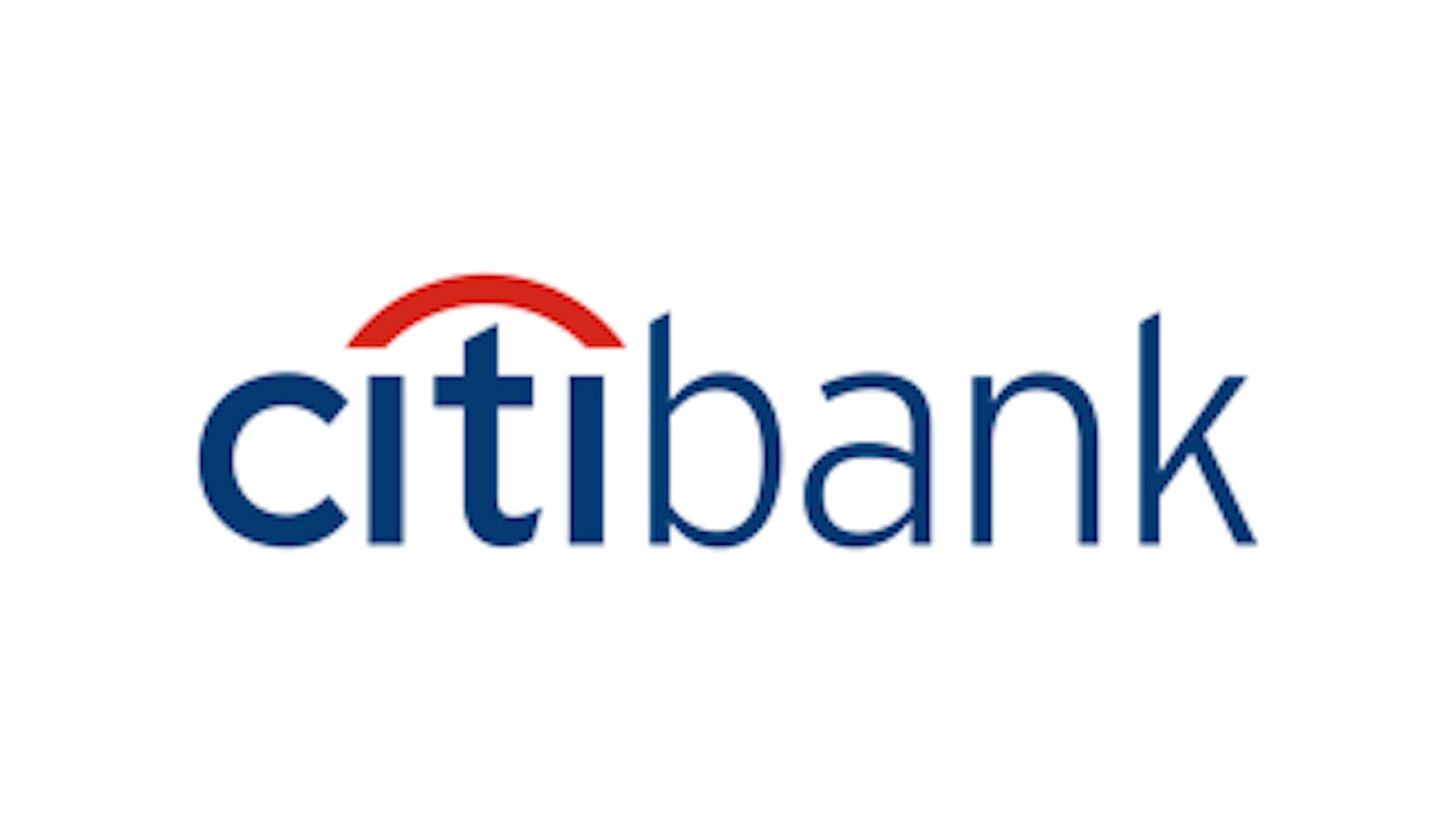
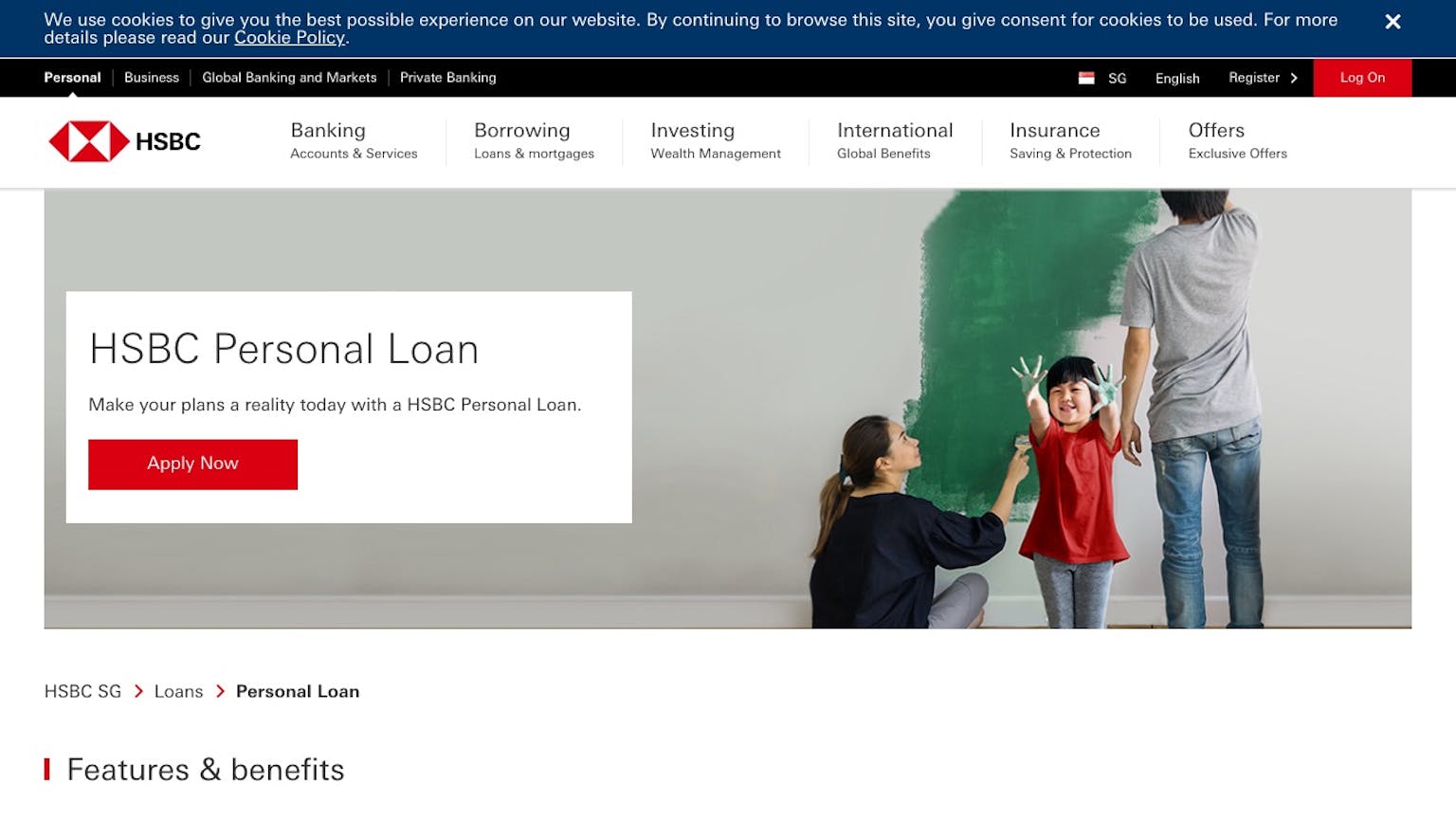
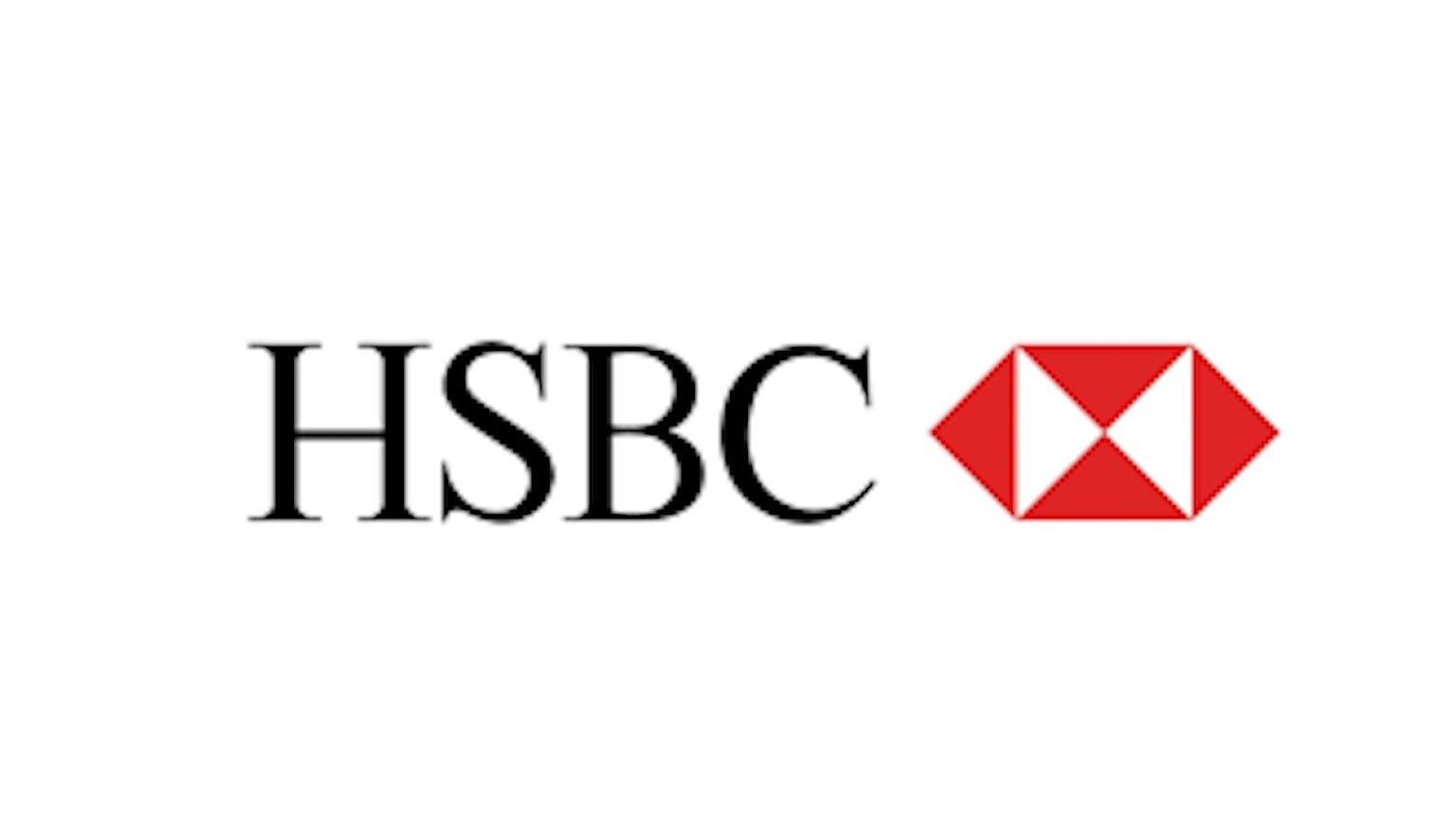


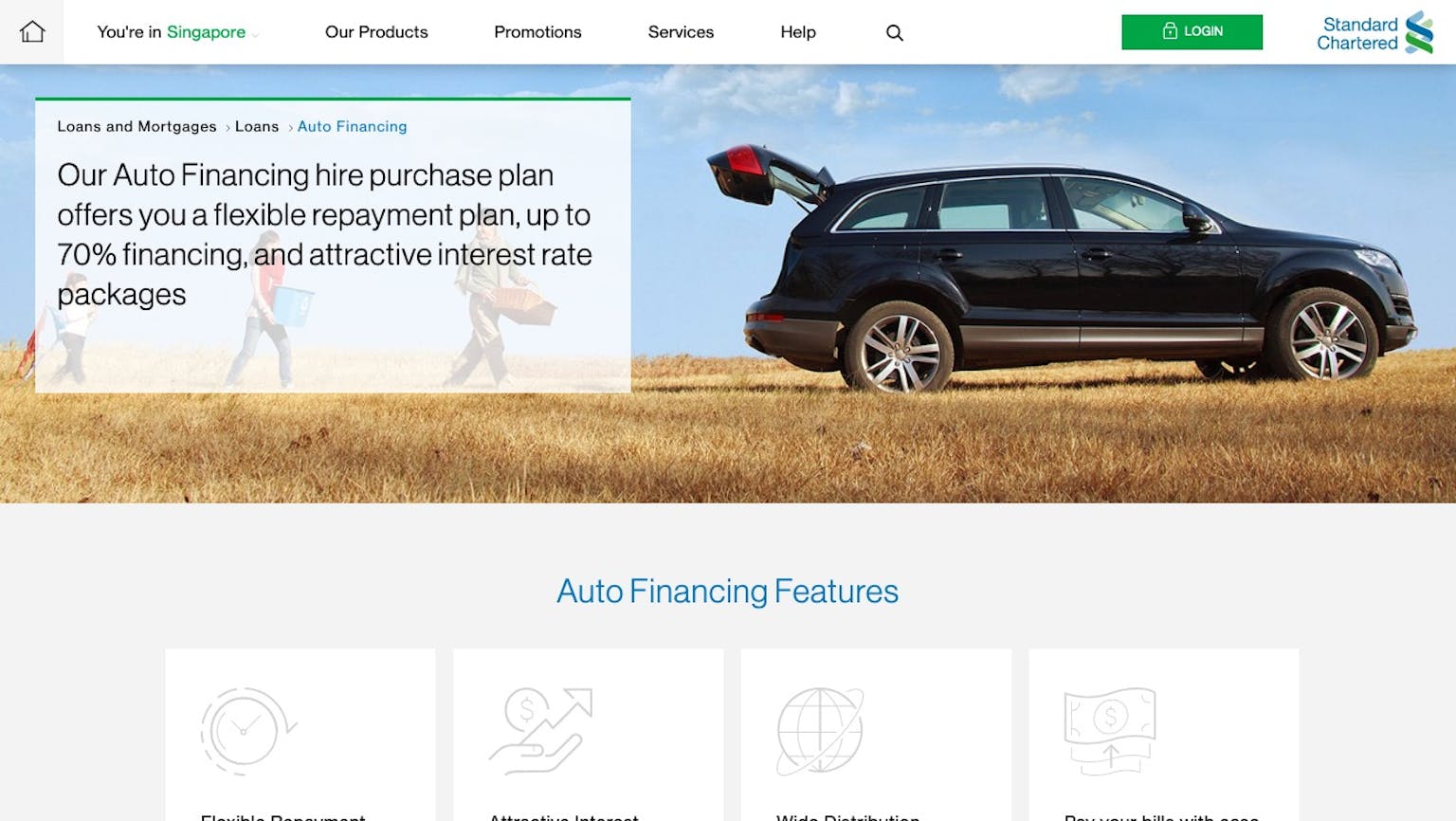
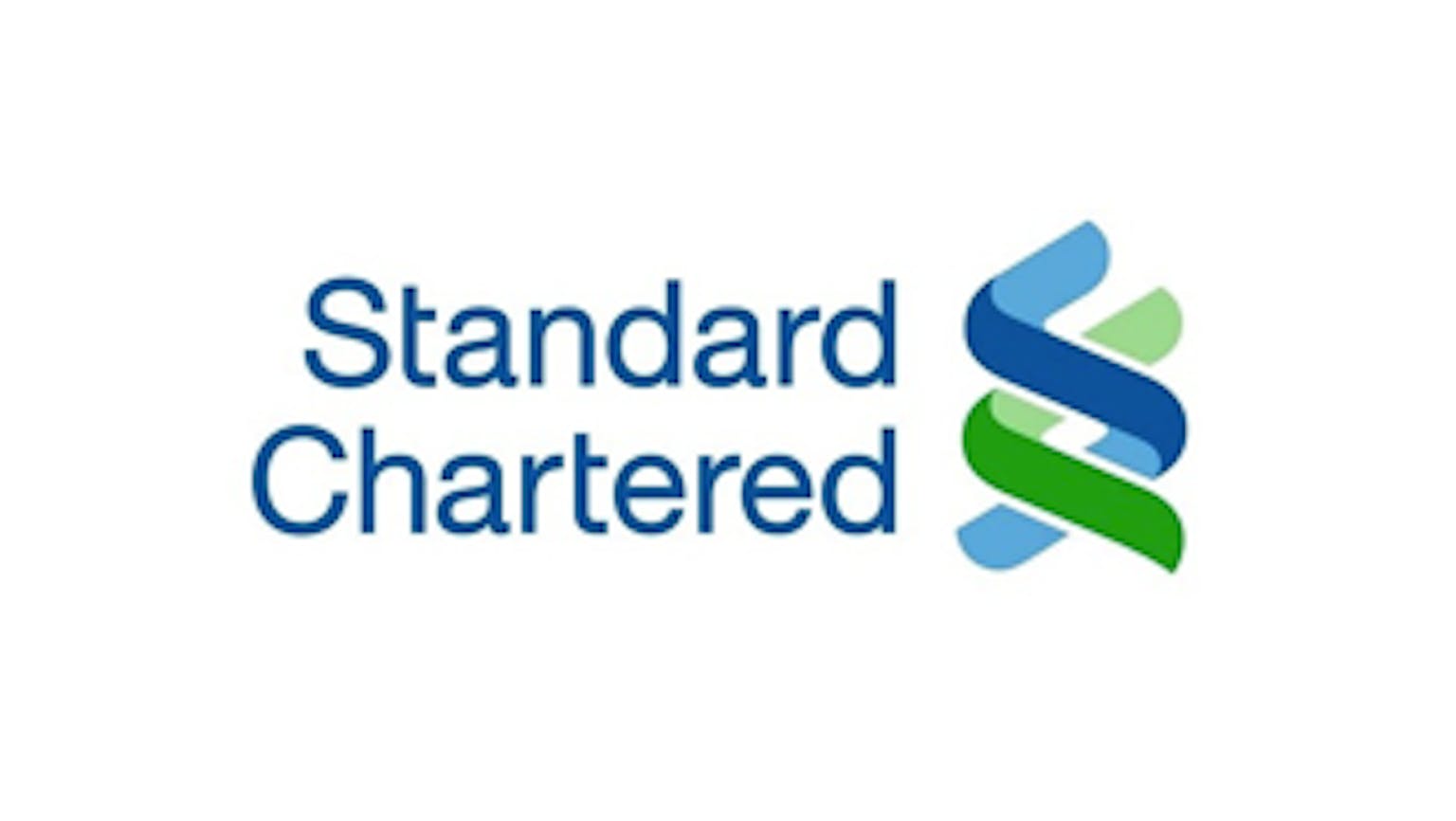
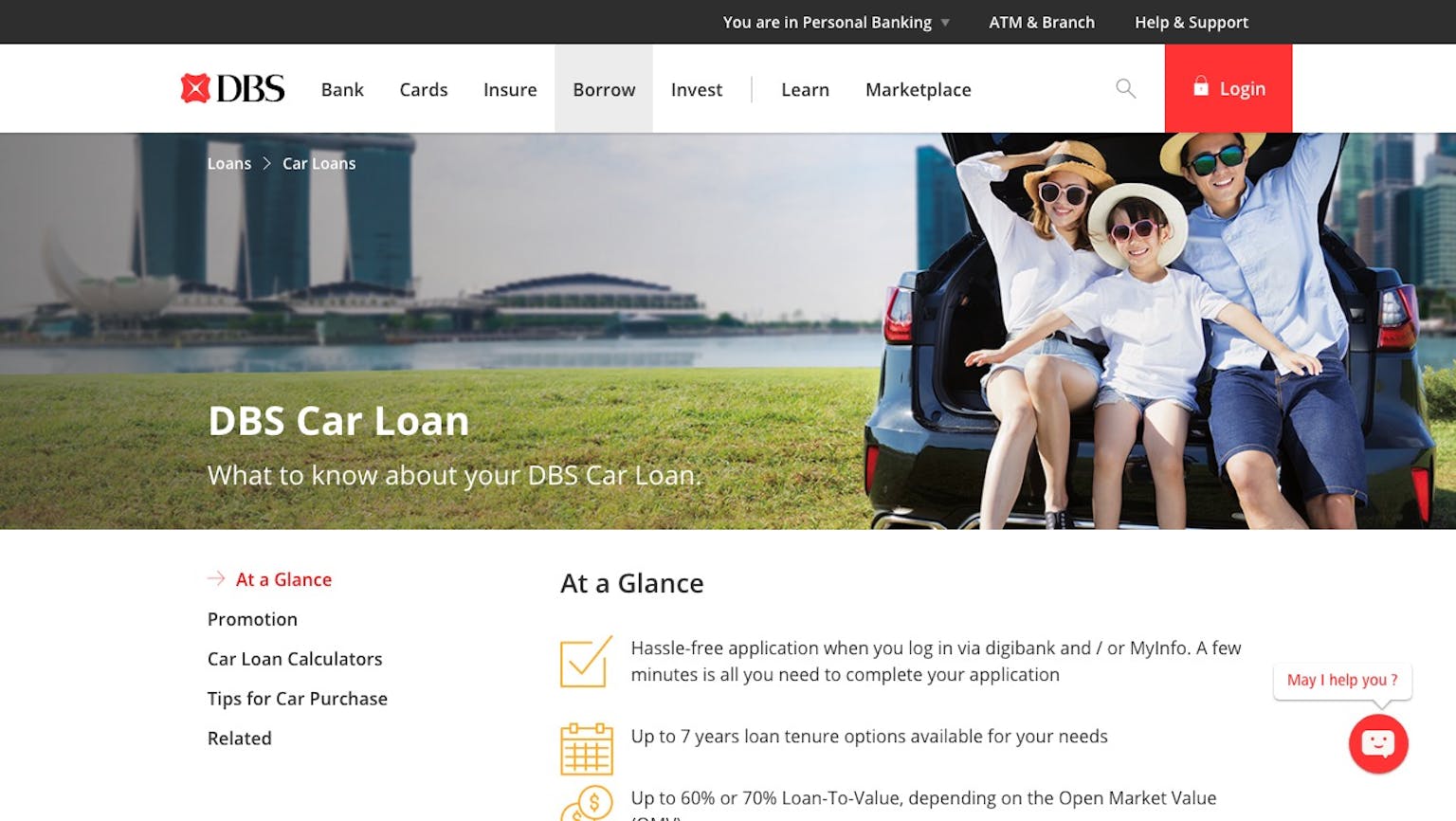

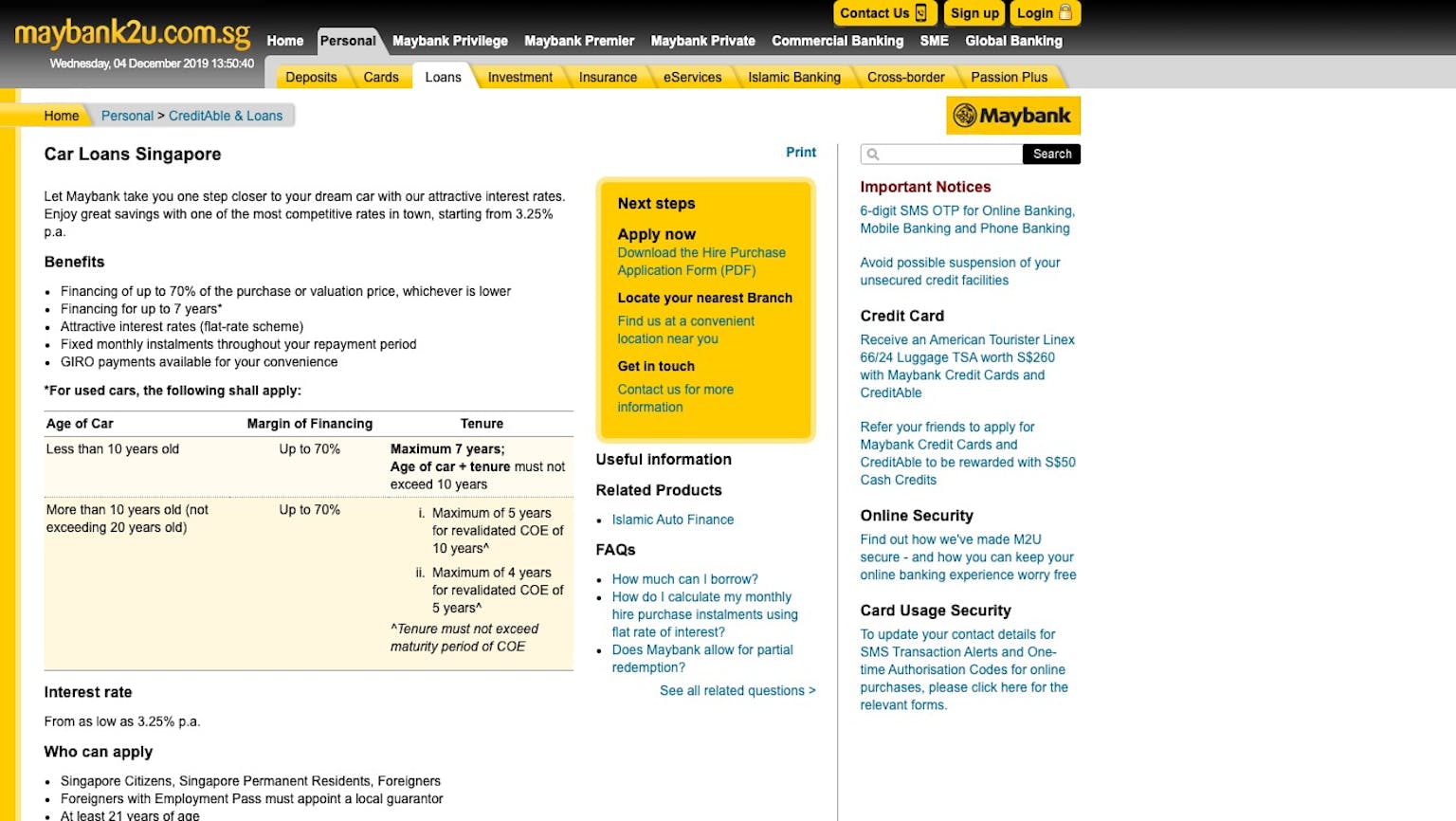


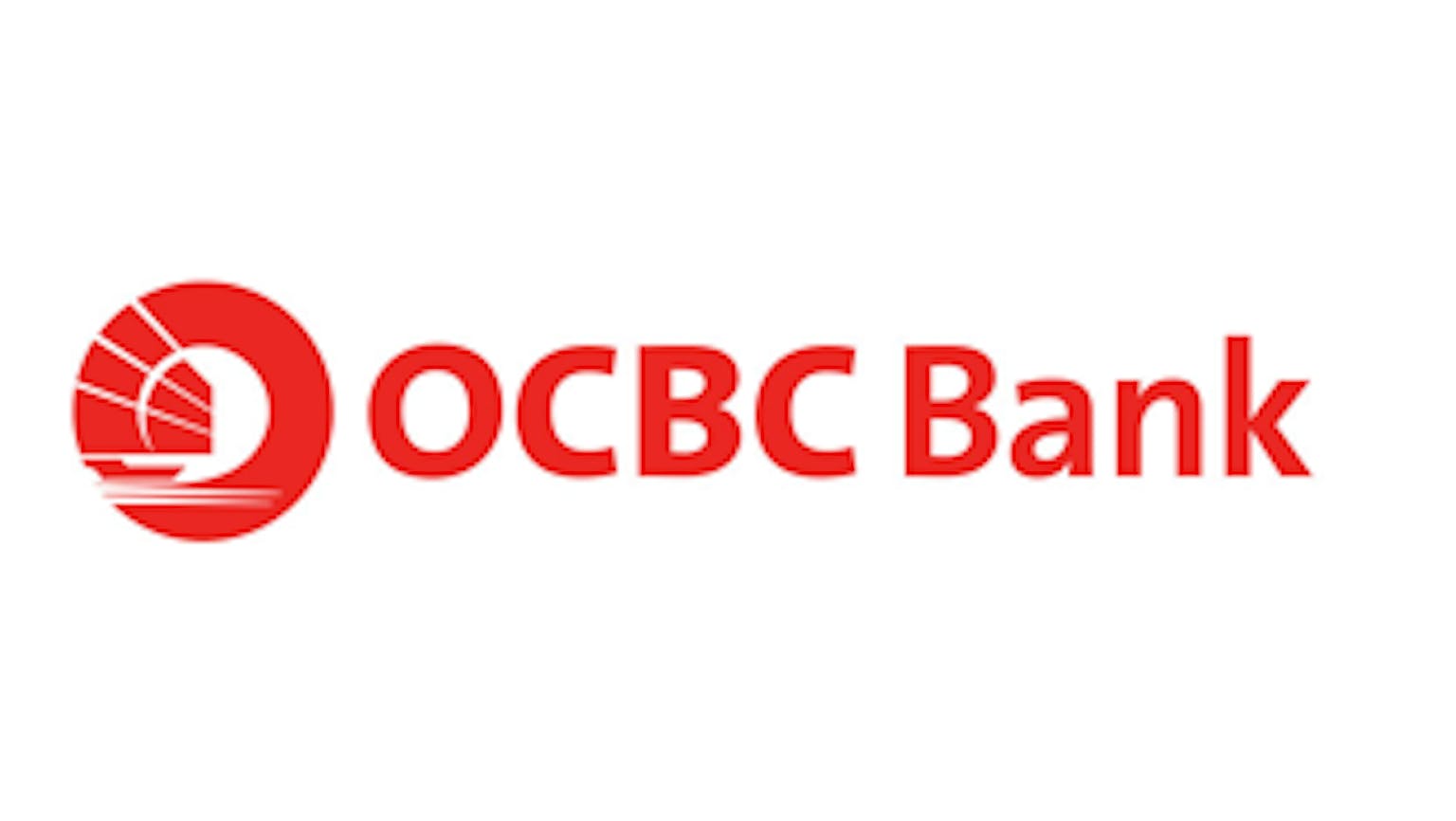


Please leave your knowledge and opinion!